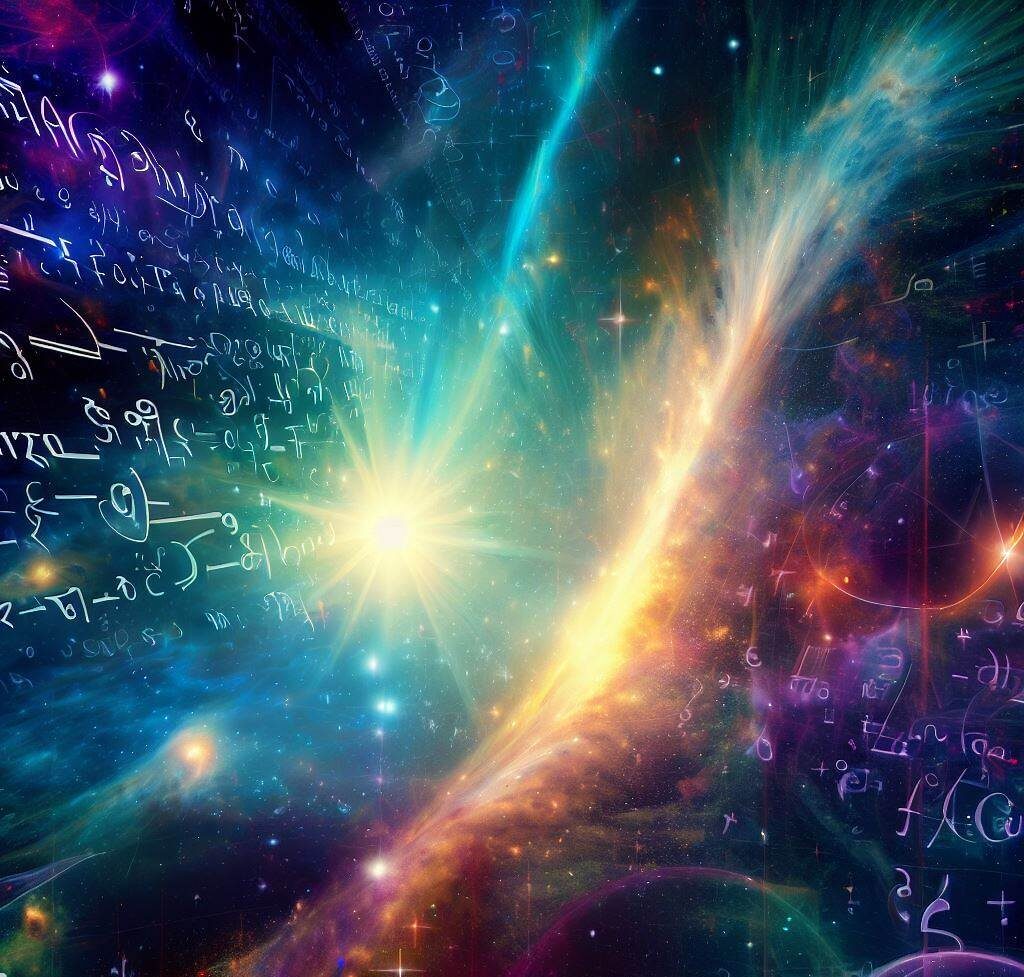Introduction
In the grand tapestry of knowledge, there exists a jewel, a wondrous gem that shines with exquisite beauty—a gem known as Calculus. With its elegant underpinnings and intricate subtlety, it unbosoms the secrets of the Universe, serving as an essential tool for unraveling the enigma of the world around us.
A branch of mathematics that deals with how things change over time, Calculus has a diverse range of applications in science, including physics, which is the scientific study of the natural world.

Ranging from the behavior of atoms and subatomic particles to the motion of planets and stars, Calculus opens a window into understanding the mechanics of the Universe. Despite being enormously vast and complex, it operates according to certain rules and laws.
By studying and analyzing the math behind these rules, we can get an accurate and deep understanding of how the universe works and make predictions about things unfolding in the future.
The Foundations of Calculus
Many histories of Calculus date back to the 3rd century B.C., specifically to Archimedes (c. 287–212 BCE) where parallels can be drawn between his discoveries and results that are derived today by limits, infinite series, and integration techniques.
However, its sophisticated form and evolution are attributed to Isaac Newton and Gottfried Wilhelm Leibniz. They both independently developed the fundamental principles of Calculus nearly two millennia later, in the late 17th century.

The foundation of Calculus lies in the concept of limits, derivatives, and integrals. In an elementary form, Calculus can be thought of as a way of analyzing change in infinitely small increments. By breaking down complex phenomena into smaller and manageable chunks, it helps them to be explored and understood using mathematical techniques.
The concept of limits is central to Calculus. A limit denotes a value that a function approaches as its input variable gets closer and closer to a specific value. Limits are used to study the behavior of functions near particular points, such as calculating the slope of a curve at a point or figuring out whether the function is continuous at that point.
A derivative can be thought of as something that represents the instantaneous rate of change of a function at a given point. If you need to find the slope of a curve at any point, the direction of the curve at a given point, or the maximum/minimum values of a function, derivate is your savior.
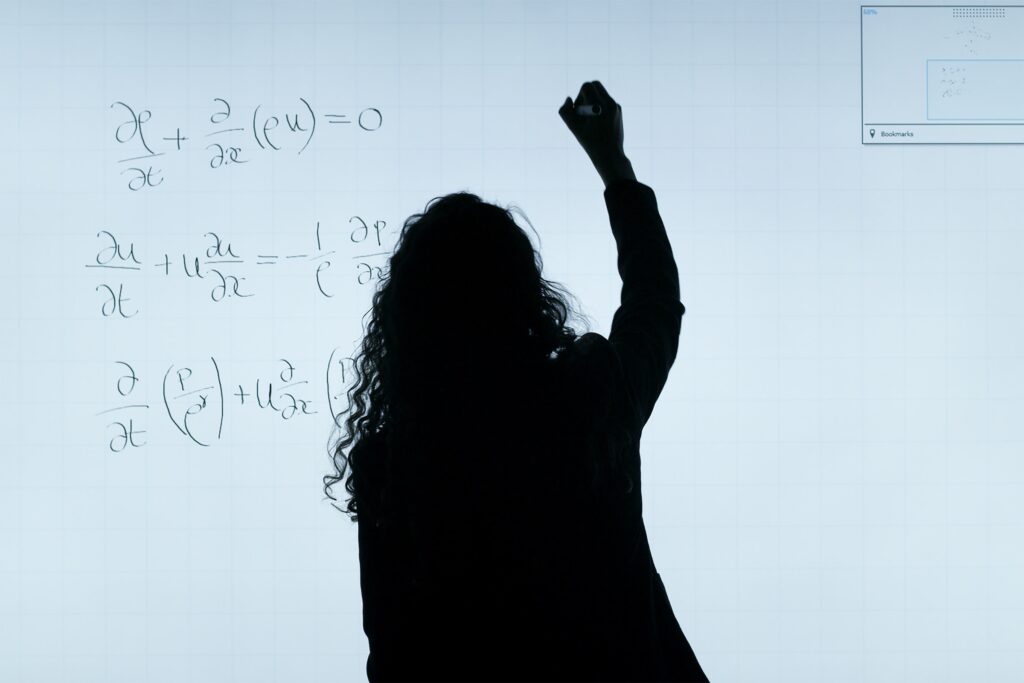
Integrals denote the accumulation of a quantity over a range of values. It can be used to find the area under a curve, the volume of a solid, and the average value of a function over a particular interval.
In essence, the purpose of Calculus is to provide a framework for grasping and quantifying continuous change. It can be used to analyze complex systems such as the behavior of fluids, the motion of objects, the growth of population, the rate of reactions and decay, economic information, etc.
The Relationship Between the Universe and Mathematics
[Feynman] “Do you know Calculus?”
[Wouk] ”I admitted that I didn’t.”
[Feynman] ”You had better learn it…It’s the language God talks.”
—Herman Wouk, conversation with Richard Feynman in “The Language God Talks”
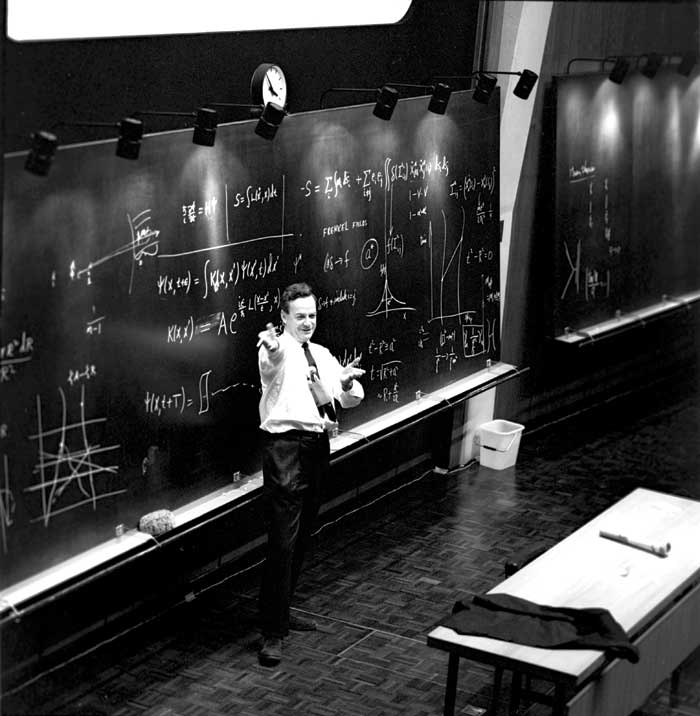
The relationship between the Universe and mathematics is intricate and profound. Many scientists have held a notion that math is the language that the Universe uses to communicate with us.
Mathematics is the key to unlocking and understanding the geometry of the Universe. The curvature of spacetime is a fundamental concept in General Relativity which is described using complex mathematical models.
Additionally, patterns and structures in the natural world are often expressed mathematically. For example, the unopened florets of a sunflower, and the spiral patterns found in galaxies, shells, and hurricanes are represented by the Fibonacci sequence, an elegant recursive sequence in mathematics that describes the growth patterns and evolution of many living and non-living organisms.

Calculus in Astronomy, Astrophysics, and Cosmology
Calculus is used considerably in astronomy to describe the motion of celestial objects and the forces that govern their behavior. For example, to calculate the path of a planet orbiting a star which takes into account the gravitational forces between the two bodies, scientists resort to Calculus. The equations are typically differential equations, which can be solved using techniques from Calculus, such as the separation of variables or numerical methods.
In astrophysics, Calculus helps in modeling the behavior of large celestial bodies such as stars and galaxies. Calculation of their luminosity, temperature, radiation output, etc. can be done by implementing Calculus. The equations that describe these characteristics are often complex and require advanced techniques from calculus, such as partial differential equations and integral transforms.
Another example of Calculus in astrophysics is in the area of black holes. Black holes are regions of space having such a strong gravitational pull that no information can escape from them. The equations to model a black hole curvature are given by Schwarzschild Metric Equations which involve limits, differentials, and integrals.
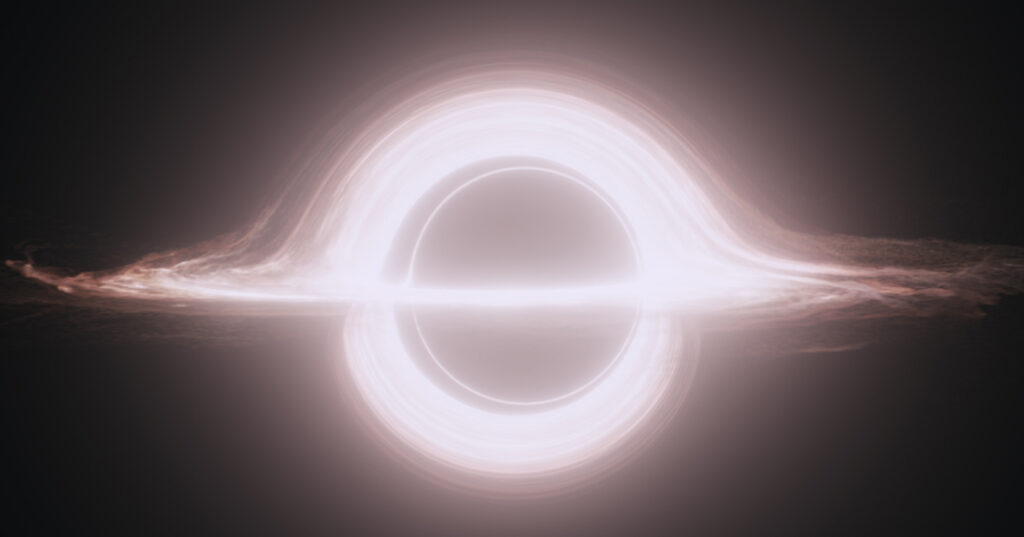
Calculus plays a crucial role in cosmology as well. Through the variety of techniques that Calculus possesses, scientists can model the dynamics and evolution of the universe itself, including the behavior of dark matter and dark energy.
The equations that describe the evolution of the universe involve multiple variables and parameters. For example, the Friedmann equations, derivations of which involve differential equations and integrals, are a set of dynamic equations illustrating the expansion of the universe based on its matter content.

The Cosmic Microwave Background (CMB) radiation is another example where Calculus is used. CMB is the electromagnetic radiation left over from the Big Bang and it carries information about the very early universe. Hence its study is vital for understanding the fundamental laws that govern the evolution of the Universe. A generalization of ordinary calculus, known as Fractional Calculus, has been used to seek better interpretations of the phenomenon.
The Laws of Physics and Their Relationship to Calculus
Physical laws are the fundamental principles that govern and dictate the behavior of force, energy, matter, and everything else in the Universe. Calculus is one of the key mathematical tools that we use to understand and describe these laws.
Dealing with how things change over time or space and how changes accumulate over time, Calculus plays a significant role in understanding the behavior of physical systems, which are characterized by the constant interplay of forces and energies.
These equations help us to peek into and predict how the Universe will behave. Many of these predictions first appear in theories and have later been validated through experiments and observations on numerous occasions.
The motion of objects in space is very well described by Calculus. Newton’s laws of motion which describe how objects move under the influence of various forces and gravity are expressed mathematically as differential equations. Such intuitions have been instrumental in expanding the horizon of our knowledge. By understanding orbital mechanics, we have been able to send spacecraft to many planets in the solar system, including our neighbor, Mars.
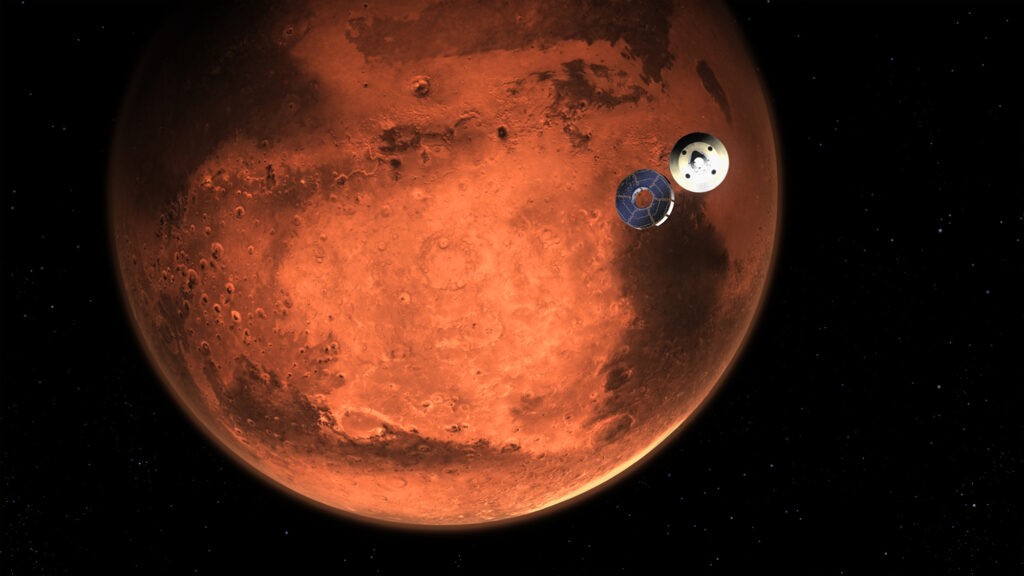
The understanding has also allowed us to accurately track the positions of asteroids and comets alike. Recently, as a part of the planetary defense strategy, the DART mission was able to successfully deflect an asteroid from its usual trajectory. Without comprehending the concepts of underlying math, it would have been impossible to calculate the precise path and time of collision and the mission would not have been a success.
In electromagnetism, Maxwell’s equations describe the interaction of electric and magnetic fields with each other. These equations are expressed as differential equations. Through Calculus, scientists can solve these equations and predict the behavior of electromagnetic waves and their interactions with charged particles.
In the field of optics, Calculus is used to describe the behavior of light waves when they encounter an interface between two different mediums or materials. The Fresnel Equations is a set of differential equations that can be solved using Calculus, allowing its usage in a wide range of optical scenarios.

The field of acoustics deals with sound waves which can be described mathematically using the wave equation, which in turn is a second-order partial differential equation involving Calculus. A technique called the transfer matrix method allows scientists to predict the behavior of sound waves in complex systems, such as soundproofing materials or architectural acoustics.
In the area of thermodynamics, Calculus again is used to describe how energy gets transferred and transformed within a system. The solutions to those equations enable scientists to predict the behavior of complex thermodynamic systems and to develop new technologies based on those principles.
Coming to the world of atoms and sub-atoms, Quantum Mechanics relies heavily on mathematical models and equations, many of which involve Calculus. The Schrödinger equation, which is the fundamental equation for describing quantum mechanical behavior, is a linear partial differential equation. The wave function describes the probability amplitude of a particle being at a particular location at a particular time. It can be represented as a complex-valued function that involves derivatives with respect to space and time.
The Role of Calculus in Modern Science
Calculus has enabled advancements in diverse fields such as engineering, computer science, electronics, space science, economics, biological research, medicine, etc.
Constructing complex structures such as buildings, bridges, and monuments require precise calculations of the forces, stresses, and strains. Calculus is used in determining those as well as the optimal design and materials for these structures. An example is the Eiffel Tower, the construction of which required Calculus to predict the effect of wind resistance.
Calculus is used to design and analyze algorithms and data structures that can be used to solve complex, real-life problems efficiently and accurately. It is widely used and implemented in the fields of graphics and animations. For example, it is used to create realistic shadows and reflections in Computer-generated imagery (CGI).

Character animation, encompassing human beings, animals, and robots, commonly employs a representation wherein the character is delineated as an assemblage of rigid entities linked by joints.
Let’s consider an avatar’s leg. It can be conceived as these blocks – an upper leg segment, a lower leg segment, and a knee joint serving as the connection between these segments. The dynamics and movement of such a character, when depicted through this mechanism, are governed by the numerical integration of Ordinary Differential Equations (ODEs).
Calculus has utility in the electronics field too. It helps model the behavior of electric circuits including devices such as transistors, capacitors, resistors, etc. It is also used in designing and optimizing communication networks, signal processing, and encryption.
Apart from describing the motion of celestial bodies as discussed above, Calculus also helps to design and launch rockets and spacecraft that can explore the solar system and beyond. For example, to escape the Earth’s gravitational pull, the amount of velocity that the rocket needs along with its trajectory is determined by Calculus.
In rocket science, the continuous ejection of burned fuel gases creates a change in momentum, which is governed by the conservation of momentum. With a constant force but decreasing mass, the resulting acceleration increases over time, highlighting the non-linear relationship between the total change in velocity and the amount of fuel burned. Calculus provides the tools to analyze these changing variables and accurately predict the behavior of rockets in terms of velocity, acceleration, and mass.

In Economics, Calculus helps to model and forecast phenomena such as inflation, interest rates, and growth. For example, it can help to determine the optimal price and quantity of a product that maximizes profit.
Calculus serves as a vital tool in biological research due to the inherent dynamism of biological systems. It plays a compelling role in Susceptible-Infectious-Removed (SIR) models, enabling a comprehensive understanding of disease propagation dynamics.
Moreover, it finds utility in modeling tumor growth and metastasis, providing insights into the convoluted behavior of cancer cells. Fractional Calculus is widely applied to model the respiratory system, drug diffusion, and in characterizing bio-systems such as vegetable tissues. By taking the help of Calculus, researchers can efficiently comprehend the intricacies of biological systems, ultimately advancing our knowledge of living organisms.

Concluding Thoughts
At its core, Calculus is the art of change, the language of motion itself. Through Calculus, the universe reveals its harmony—a cosmic symphony orchestrated by the laws of physics. It shares with us the celestial ballet, as planets and stars pirouette through space.
It lays before us the soul of nature, enabling us to fathom the intricacies of the ebb and flow of energy, and the patterns that emerge from chaos.
Its elegance resides not only in its ability to decipher the enigmas of the Universe but also in its inherent simplicity and universality. It bestows upon us a lens through which to perceive the world—a lens that transcends disciplines, uniting physics, engineering, economics, and beyond.
So, let us marvel at the beauty of Calculus —the instrument that resonates our minds to cosmic frequencies. Embrace its elegance, for in the realm of knowledge, Calculus shines as an indispensable guide, leading us to a deeper understanding of the Universe and the laws that govern its magnificent dance.
Kindly subscribe to our newsletter to be informed about the articles as soon as they are published.

Subscribe to Primitive Proton Newsletter
Sign up to keep up to date with the latest news and curated blogs in the world of space, science, and technology.
Your email is never shared with anyone. You can opt out anytime with a simple click!
WE PRIORITISE PRIVACY.

